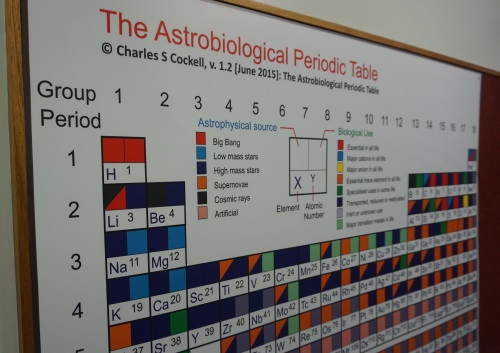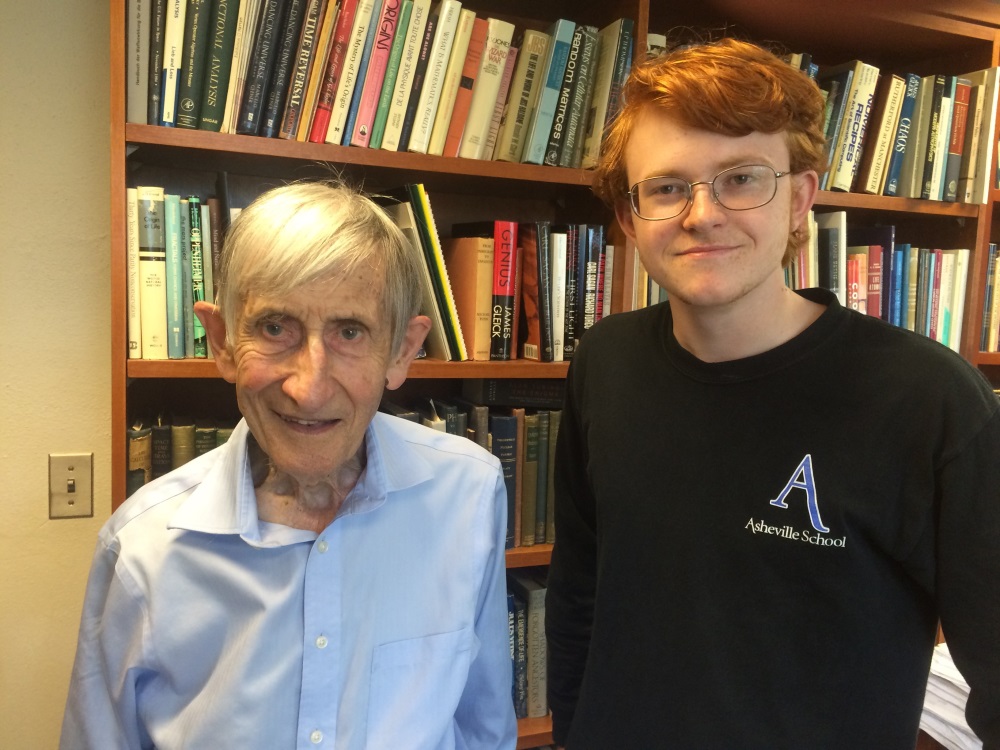As he starts his appointment of Head of School, we chatted to Prof Jim Dunlop about his vision for the School, his early career ambitions (which were far from physics!), and his advice for students.
By Luke Mitchell and Caroline Keir
Taking on the role of Head of School brings with it a whole host of challenges that he is wary of, yet eager to tackle head on. A twin focus will be improving the student and staff experience. “For students this will include improving facilities and creating a sense of community. For staff it will be working to remove unnecessary administration so that they can focus more on research and teaching, and to allocate more time to students.” He is also keenly aware of the importance communication plays in leading the School’s work towards a unified goal “it is important to ensure students and staff understand why we are doing what we are doing.” Continue reading “Interview with new Physics and Astronomy Head of School – Professor Jim Dunlop”



